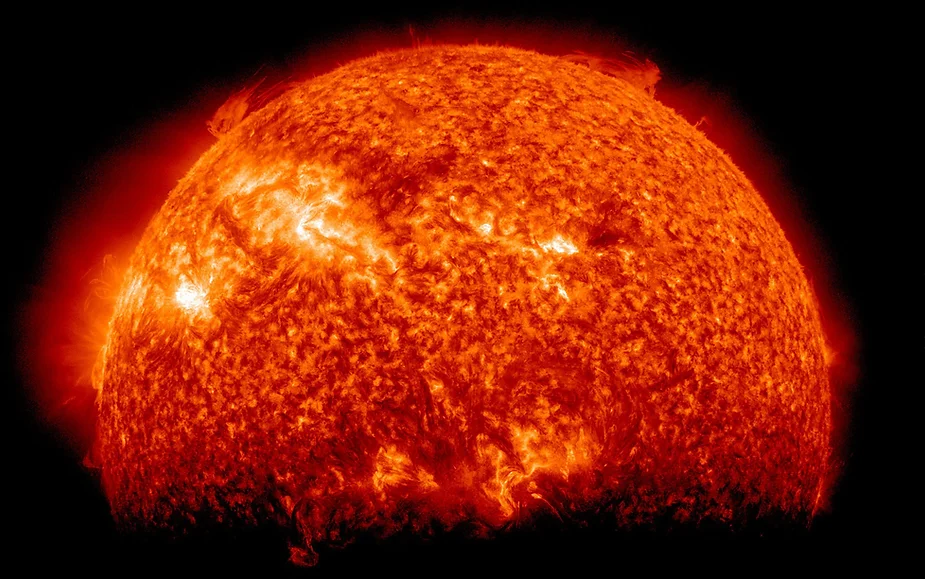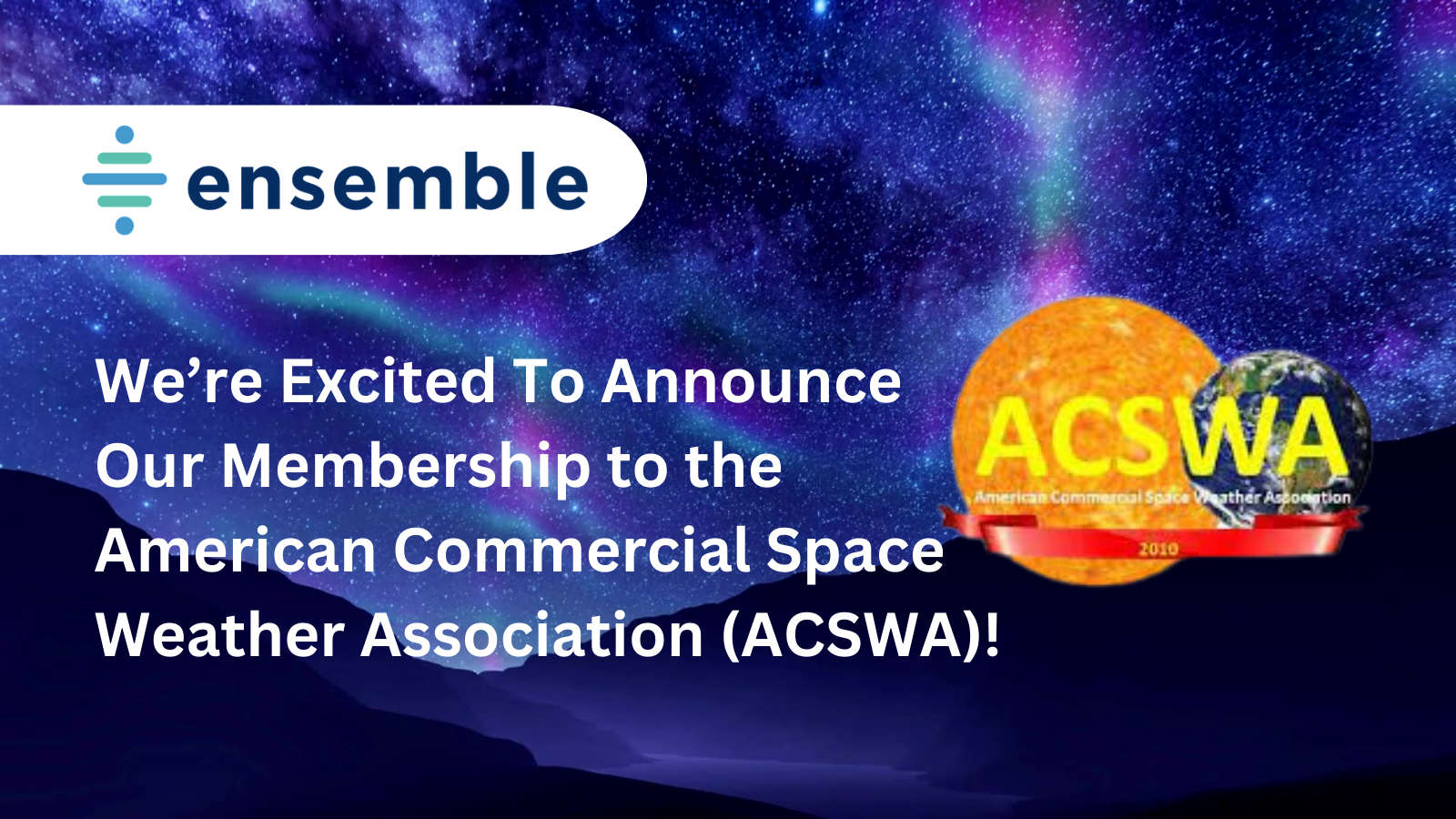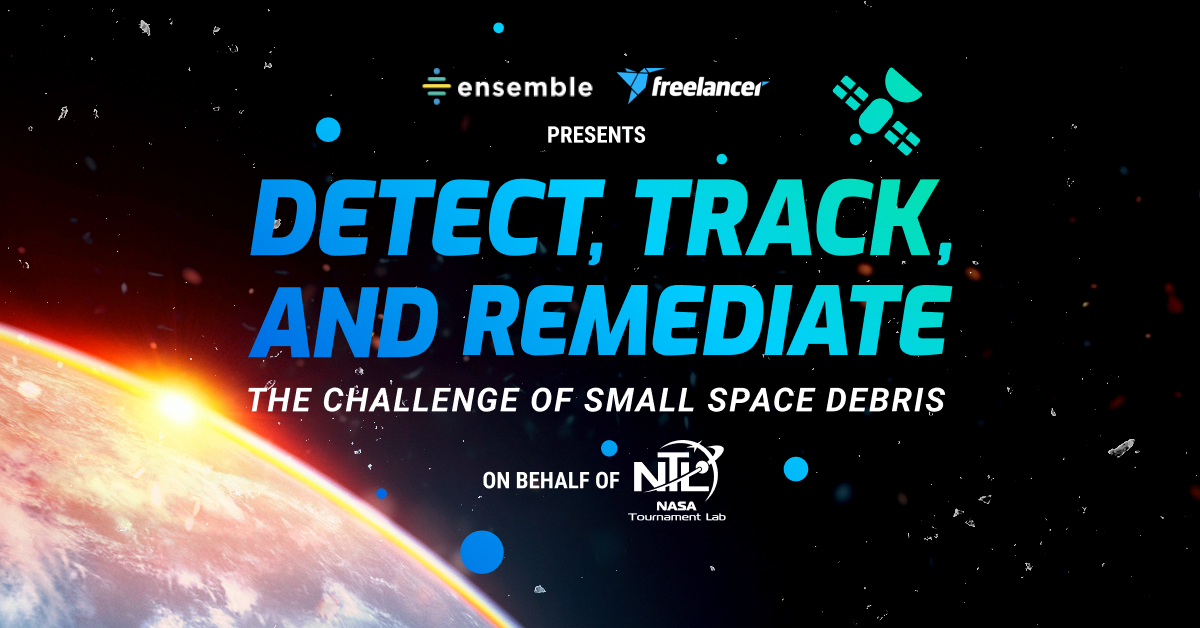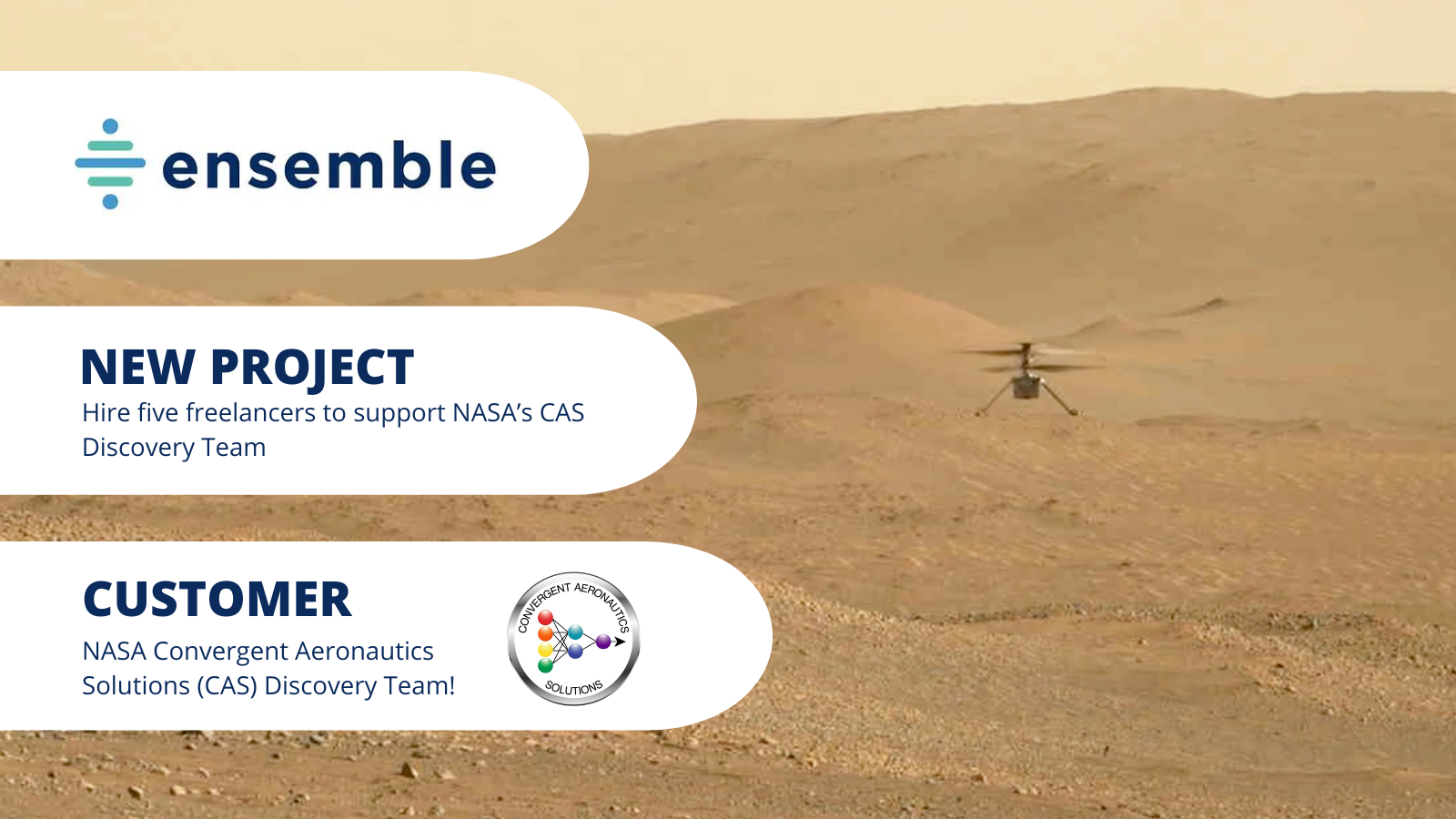Hear from the interns who joined our Space Weather Analysis Team
My name is Aleigh Meredith and I am a Project Coordinator for Ensemble. Since I’m primarily focused on non-space weather projects for Ensemble, I was curious about what our space physics interns had been up to over the summer. A few weeks ago, I got to sit down for a second round of spotlight interviews and speak with our space physics interns Jeff Marino and Leen Amro to learn more about what Ensemble Space Lab’s space weather tool, Kamodo, does and how it works. We also caught up on how their internship with Ensemble Space Labs over the summer went. Below are the questions I asked them along with their responses, hopefully by reading through these interviews, you too can get a better understanding of the incredible work our space physics team does.
*Note: Jeff and Leen’s responses have been edited for brevity and clarity
What is Kamodo and what does it do?
Jeff: Kamodo is an open-source software package that we leverage to functionalize and visualize space weather data. Space weather, for some background, is a variety of time-based effects that start at the sun and hurdle through space toward the earth.
Leen: Kamodo is a visual library of space weather data using math simulation by importing Kamodo objects from a library where you can store function variables. By doing this, we are able to visualize and modify space weather data.
What do Enhil and Corhel functions of Kamodo do?
Jeff: These are NASA models that are solving equations describing the motion of the plasma/fluid in the sun or flying around the sun in the corona. They solve these equations and then we use the output data to visualize the space weather happening, showing the storm systems with earthbound trajectories. In essence, they are models that solve equations and their output is what we use to visualize space weather.
Leen: Enhil uses NASA Community Coordinated Modeling Center (CCMC) data and Corhel python script. It uses this data to model a heliosphere simulation to trace magnetic field lines. Corhel models solar wind and solar corona using lots of variables. Its main purpose is to convert dimensions to allow for visualizations. Through this visualization, you can see patterns and effects in the data.
What were you working on this Summer?
Jeff: Oh, a variety of things. The main project I worked on was the data pipeline, how we take the NASA output, feed it into Kamodo, and turn it into data that commercial partners may be interested in. I also worked on a coordinate transformation to look at data in a different coordinate system than the model gives. One application of this was for the space weather summer school, they were interested in showing off the enhil and corhel models, so we repackaged the models to show in a Jupyter notebook. Along with this, I worked on displaying data in an interactive dashboard where users can choose what model they want to analyze and what locations they want to.
Leen: I supported Ensemble’s data science team in making the Enhil and Corhel notebooks. I was figuring out the physics of what they were doing and I made a presentation that went through both the notebooks explaining how to use them. Towards the end of the summer, I made a report about the 2 line elements which are a specific data format that organizes a list or catalog of Earth-orbiting objects during a certain period of time. It’s a dynamic list that includes thousands of space objects.
Can you talk a little bit about the Ensemble Space Hub deployed for Space Weather Summer School?
Jeff: It was the first time we tried leveraging a Jupiter hub environment. We had multiple servers running at once, which allows people to analyze data on their own without having to install packages, debug stuff, and troubleshoot. We were able to figure out the best base framework and give students stuff to do each task and spin down once they do their own work. Ensemble Space Hub allows people to work independently without worrying about the setup at the start.
Leen: Most of their job this summer was the Enhil and Corhel notebooks for Ensemble Space Lab. I spent a lot of time reading Professor Nick Gross’s data and data from the CCMC.
Enhil notebook: can select either the solar min or max and complete field line training plasma density, reads all variables but the code allows the user to pick one thing to plot on a sphere, can also transfer to cartesian to trace magnetic.
The Enhil Notebook reads in data from the sun’s magnetic field and converts dimensions to readable things. This allows for visualizations so you can actually visualize what is going on with the solar wind. Additionally, the notebook converts the magnetic field data so we can trace the field lines.
What did you learn during your internship with Ensemble Space Labs?
Jeff: I learned a lot about the science of space weather, what causes geomagnetic storms, their impacts, and how we measure them. I also learned about functionalizing and visualizing data and looking at data from a mathematical perspective. Kamodo lets you use math and I was happy to leverage that and explore that. Finally, I used docker to build images and use containers.
Leen: Learned how to collaborate with other people. In academia, most work is done individually. Even group work is pretty asynchronous. It was helpful to have to coordinate with others. I also realized I love the physics and math side of things and the patterns within the physics and math more than the data analysis
What was your favorite thing about working for Ensemble Space Labs?
Jeff: The people were really good. I liked working with everyone on the team. The people that taught me about what’s going on behind the scenes, those conversations were really helpful. This internship helped align me with what I want to keep doing in the future. Talking with commercial partners was really cool and helpful.
Leen: Watching the notebooks develop over time. It was amazing when they could finally deploy the notebooks and watch stuff work perfectly. For any physicist, it’s satisfying to go through and pick the variable and see it all come together. It was also cool watching smart people talk about Kamodo. It was really useful to learn how to do stuff I didn’t know how to do. It was also refreshing to work in such a supportive environment within STEM.
Overall, it was great getting to chat with Leen and Jeff about their summer at Ensemble Space Labs and learn about all their experience working on Kamodo.
To learn more Ensemble Space Labs’ efforts, visit: https://www.ensemblespacelabs.com/







